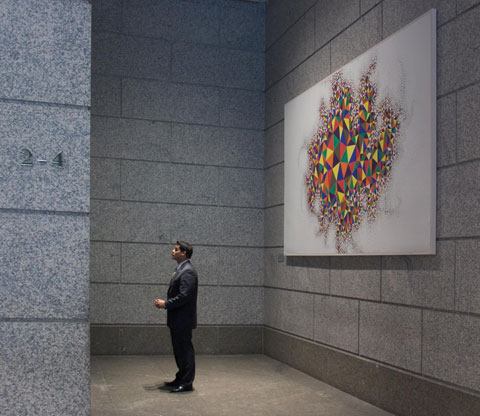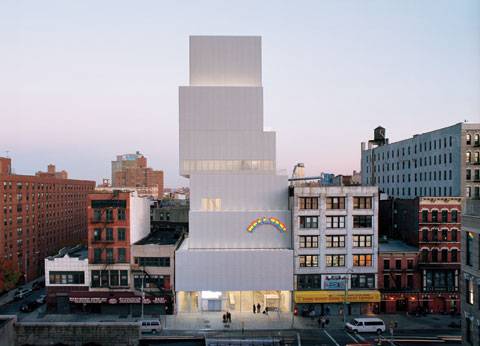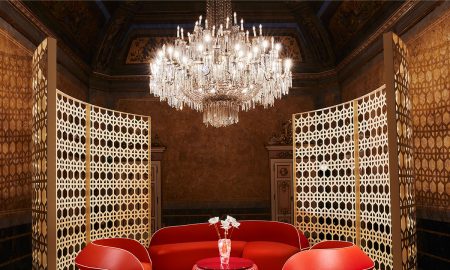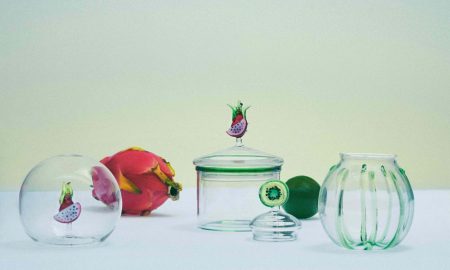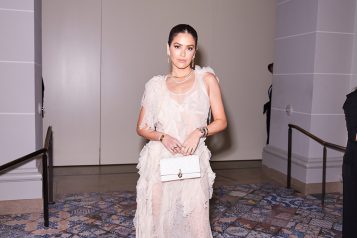We find ourselves in the midst of an explosion of international art. Never before have we been so in touch with the comings and goings of international artists as far and wide as Tokyo and Istanbul. While the Internet Age, as well as leaps and bounds in communication, can obviously be commended for this international art phenomenon, the global presence of financial institutions and their undying dedication to spreading the message of art also plays a pivotal role. Three such institutions are leading the pack of corporate art collections.
America’s very own loved and trusted Chase Bank has always perpetuated the idea of art in the workplace, from the days of David Rockefeller and his trailblazing 1959 corporate art program. “Beauty is not, of course, a solution to the pressing problems of hunger, poverty, and strife that plague the world today, and the love of beauty cannot and should never reduce one’s sense of responsibility to one’s fellow man. On the contrary, I believe that creative possibilities presented by beauty in art should inspire us to seek at least equally creative approaches toward achieving a harmonious society,” said Rockefeller, one of the country’s most celebrated art collectors. Now allied with names such as JP Morgan and Bank One, JP Morgan Chase’s corporate art collection features more than 30,000 works of painting, sculpture, photography, and works on paper. One of the main aims of the collection is to support emerging artists. “I think, for emerging artists, being included in the JP Morgan Chase art collection is equivalent to being included in the permanent collections of many museums. It allows their work to be seen in the context of established art masters,” explains Lisa K. Erf, director of JP Morgan Chase art collection.
The bank’s registry of artists from more than 100 nationalities includes Jean-Michel Basquiat, Milton Avery, Cindy Sherman, Roy Lichtenstein, and Andy Warhol, but also stretches the boundaries of art to include pieces as diverse as Trans Am carburetors and primitive African appliqué. “Representing the diversity of the human race has always been important to our collection,” adds Erf. JP Morgan Chase’s elite travelling exhibition, Collected Visions, features a sampling of the bank’s expansive collection, and will be on display in the prestigious Financial Centre in Dubai in March, following a successful run at Istanbul’s Pera Museum.
But the largest corporate art collection belongs to Deutsche Bank, whose worldwide offices serve as engaging galleries of work from the likes of Damien Hirst and Gerhard Richter. Focusing on works on paper, the bank’s art collection was founded in 1979, and features an expansive inventory of more than 52,000 works, which are constantly updated. “Art, like life, is a fluid aggregate that keeps changing and reinventing itself-looking at contemporary art helps to keep an open mind so we don’t close off to new things,” explains Liz Christensen, art collection curator for the Americas. Not only does Deutsche Bank feature artwork in its worldwide offices, the bank also is a key supporter of the Guggenheim foundation, particularly in Germany. Numerous fellowships and a prestigious Kandinsky award are offered each year to support budding artists as far and wide as Russia and Japan. “For me, the most interesting regions for new art are those which have previously been under-recognized. Russia, for example, had a struggling, underground art scene but now it’s really starting to emerge as a very interesting place for new artists. Latin America is also a place of great interest for the same reasons. Our upcoming exhibition will be guest curated by Eric Shiner, who recently curated a show at the Japan Society of Japanese artists living in the U.S.” explains Christensen.
UBS has always been a forerunner in the art world, best known for sponsoring Art Basel and its Miami Beach counterpart, but also for its involvement with the world’s leading galleries and museums. “We believe that art serves as a constant reminder of the value of creativity, innovation, inspired action, and energy, and we are committed to sharing our art with our employees, clients, and the wider public. That is why we frequently lend works from the collection to renowned institutions like MoMA, Tate Modern, the Art Gallery of New South Wales, and next year, the Mori Museum in Tokyo,” explains Petra Arends, collection executive for The UBS Art Collection. But, along with these events, the bank also houses its own expansive collection of works, like Brice Marden’s Chinese Dancing and Thomas Ruff’s Portraitsm, to name a few. And like its German and American counterparts, the UBS art collection’s volume has dramatically increased as a result of mergers with other art-savvy institutions. “The backbone of the collection stems from the merger of UBS and PaineWebber in 2000. This core collection is further enhanced and complemented by selected pieces, mostly photography, from the existing Swiss and European UBS collections,” explains Arends.
The world of art has, and will always be, built upon a symbiotic relationship between its patrons, creators, and admirers. If only the reassuring support of corporate art collections existed in the days of impoverished masters such as Van Gogh and Vermeer.







